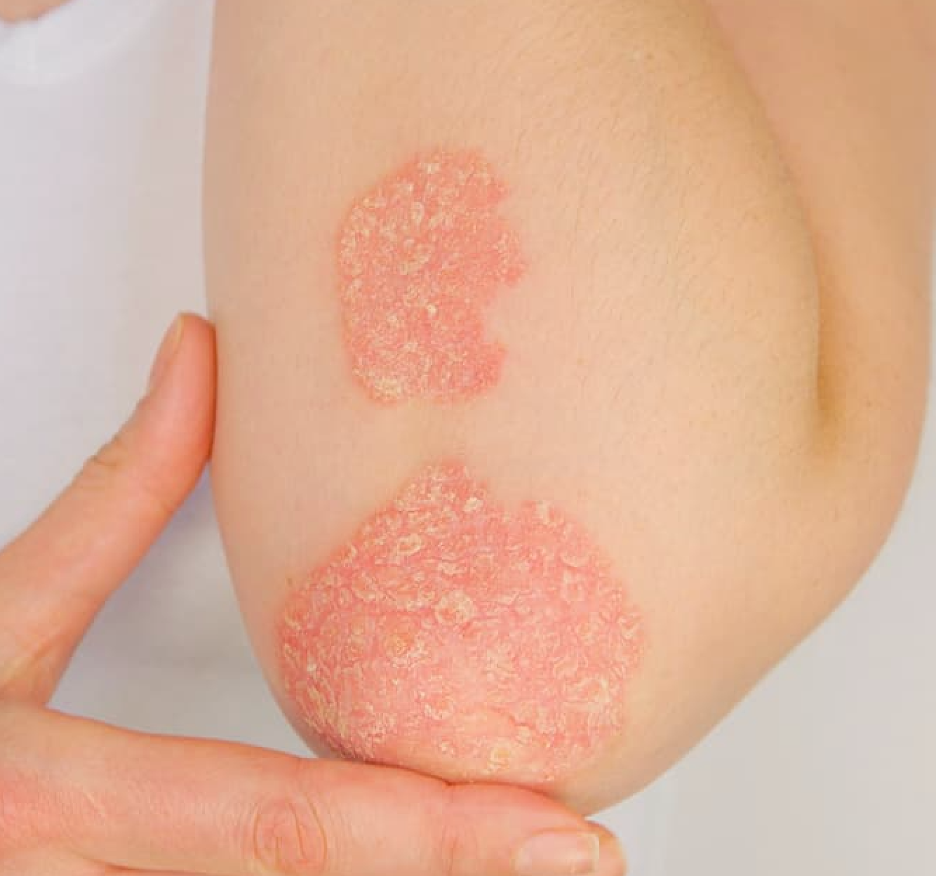News
Article
Body Dysmorphia More Common Among Women with Dermatologic Conditions
Author(s):
These data highlight gender differences related to dysmorphic concern and the prevalence of body dysmorphic disorder among those with various dermatologic disorders.
Credit: Pexels

Dysmorphic concern and body dysmorphic disorder are more frequent in women than in men with varying dermatologic conditions such as psoriasis and vitiligo, according to new findings.1
These findings resulted from new research in Italy looking at body-related concerns among both sexes. Women in particular were noted as being potentially at risk for sociocultural reasons.
This research was led by F. Sampogna, from the Clinical Epidemiology Unit at the Istituto Dermopatico dell'Immacolata (IDI)-IRCCS in Rome, Italy. Sampogna et al. noted that prior research suggests that distinctions in body perception exist between men and women, with women being more likely to express concerns over their weight, face, skin, or body shape and men being concerned over such elements attributes as muscles and hair.2
“To the best of our knowledge, a thorough analysis of gender differences in dysmorphic concerns and (body dysmorphic disorder) among dermatological patients has not been performed,” Sampogna and colleagues wrote. “Thus, the present study is the first to analyse gender differences in dysmorphic concern and (body dysmorphic disorder) in subgroups of dermatological patients with regard to sociodemographic, clinical and psychological variables.”1
Trial Design
The research team’s analysis was part of an ongoing series being conducted by the European Society for Dermatology and Psychiatry (ESDaP), with those involved assessing the psychological aspects of individuals with dermatologic conditions. There were 17 European countries in which this study took place, and it involved patients in the age range of 18 years and older coupled with a control group who did not have any skin conditions.
Evaluations of disease severity were done by dermatologists, with categories being ‘mild’, ‘moderate’, or ‘severe’. These subjects had been recruited from hospital staff and visitors, providing information on several different demographic factors such as age, sex, marital status, income, level of educational attainment, weight, and height.
The investigators also recorded itchiness occurring in the prior 24 hours, the localization of flares, and the presence of any comorbidities. The Dysmorphic Concern Questionnaire (DCQ), a validated self-report instrument that aligned with DSM-IV criteria for body dysmorphic disorder, was utilized.
The questionnaire implemented by the research team included 7 items which were designed to assess concerns over body appearance, using scores in a range from 0 - 21. The team noted that although the DCQ can suggest dysmorphic concerns and is noted for its high sensitivity for diagnosis of body dysmorphic disorder, it is not the definitive tool for the diagnosis or screening of the disorder.
The optimal cut-off point of body dysmorphic disorder was identified through a validation study as being 14 or higher among dermatological patients, with 72% sensitivity and 90.7% specificity.
The research team decided to screen subjects for depression and anxiety symptoms through the use of the 2-item Patient Health Questionnaire (PHQ-2) in addition to the 2-item Generalized Anxiety Disorder scale (GAD-2). The scores used for each of these tools ranged from 0 - 3.
The team assessed perception of stigmatization through the use of the 21-item Perceived Stigmatization Questionnaire (PSQ), with total scores having a range from 0 - 84. The Perceived Stress Scale (PSS) was also implemented by the investigators for assessment of stress perception using 20 items rated on a 5-point Likert scale, with higher scores suggesting greater levels of perceived stress.
The team evaluated subjects’ current health status using the EuroQol 5-D23 visual analogue scale (VAS), ranging from 100 (meaning the best health) to 0 (the worst). Dermatologists were also instructed to document physical comorbidities.
Conclusions
Overall, the investigators provided the DCQ questionnaire to a total of 5,290 dermatological patients, concluding that among all of the categories, far higher mean scores were observed among women compared to men. They found this trend to be apparent for most of the assessed skin conditions, noting that vitiligo had the highest effect size.
The research team also reported that 10.5% of individuals were shown to have screened positive for body dysmorphic disorder on the DCQ, adding that 7.7% of men and 12.7% of women had been impacted. The prevalence of the disorder was shown to be 6.9% among those who had mild levels of clinical severity, versus 11.1% for subjects reporting moderate severity, and 19.1% for subjects reporting more severe conditions.
Existence of body dysmorphic disorder was shown to be positively linked with the presence of stress and stigma for both sexes, according to the team’s multivariate model for participants that had milder level skin conditions.
“A limitation of our study is that BDD was not diagnosed by a clinician,” they wrote. “Also, the study population included patients who attended dermatological clinics and thus is not representative of the general population of persons with skin conditions. Another limitation is that reliability data for the clinical severity scale are not available.”
References
- Sampogna F, Samela T, Abeni D, Schut C, Kupfer J, Bewley AP, et al. A cross-sectional study on gender differences in body dysmorphic concerns in patients with skin conditions in relation to sociodemographic, clinical and psychological variables. J Eur Acad Dermatol Venereol. 2024; 00: 1–10. https://doi.org/10.1111/jdv.20247.
- Phillips KA, Menard W, Fay C. Gender similarities and differences in 200 individuals with body dysmorphic disorder. Compr Psychiatry. 2006; 47:77.





